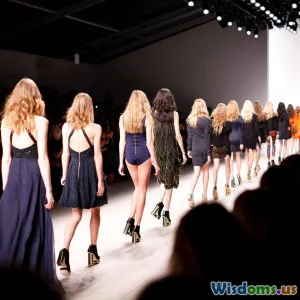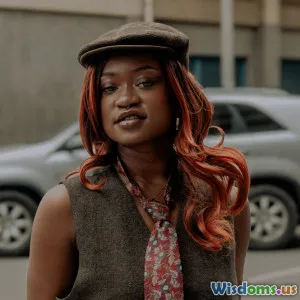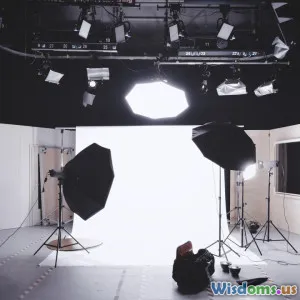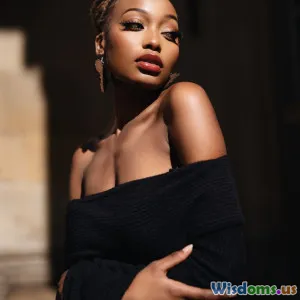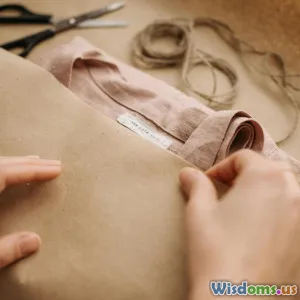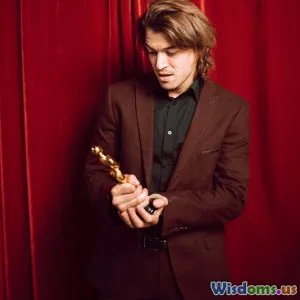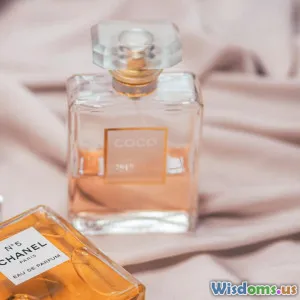Five Must Know Fashion Shoots That Defined an Era
18 min read Explore five landmark fashion shoots that shaped style, culture, and photography, with context, key collaborators, and why they still inspire editors, brands, and image-makers today. (0 Reviews)Five Must-Know Fashion Shoots That Defined an Era
Fashion images don’t just sell clothes; they fix time into a single frame and make a cultural mood visible. Every few years, a photograph comes along that does more than look beautiful—it resets the industry’s vocabulary, redefines what’s aspirational, and tells the broader world something new about identity, power, and taste. The five shoots below did exactly that. They didn’t just influence fashion; they shifted how we read images.
What ties them together isn’t just originality, but intention. Each was art-directed with a clear thesis—movement versus monument, androgyny versus glamour, celebrity versus anonymity, authenticity versus artifice, representation versus exclusion. They also demonstrate decisions you can practicalize today: casting that becomes a statement, locations used as narrative, light as emotion, and styling as argument.
Richard Avedon’s “Dovima with Elephants” (1955) — When Couture Learned to Move
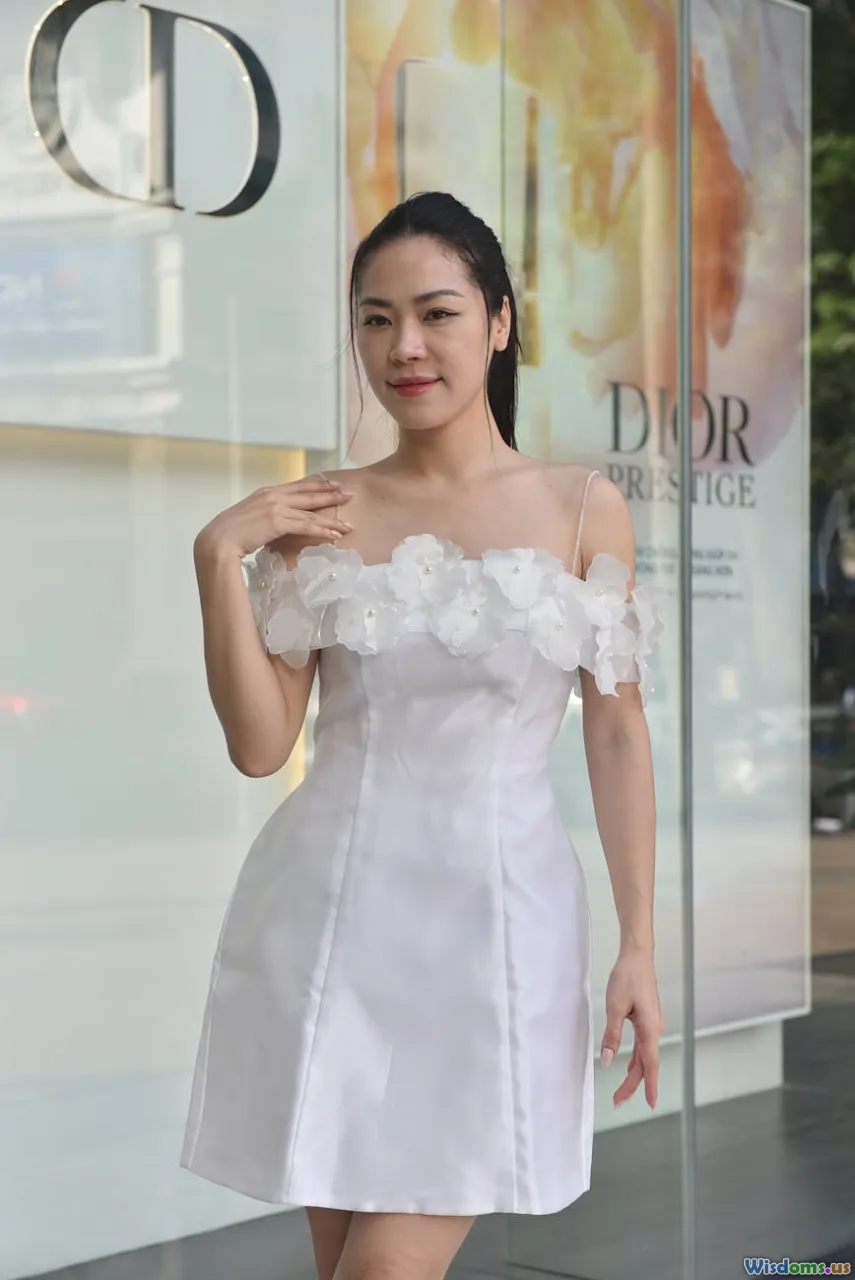
In 1955, Richard Avedon photographed model Dovima in a Dior gown at Paris’s Cirque d’Hiver for Harper’s Bazaar. The image—an impossibly poised woman stretching her arms between two towering elephants—still feels shockingly modern. The gown, from the house’s autumn 1955 collection, has long been associated with a young Yves Saint Laurent working under Christian Dior; on Dovima’s body it became an exclamation mark, a streak of graphic black cutting through soft, gray pachyderm skin.
What made the photo epochal wasn’t only the juxtaposition. Avedon, who famously brought motion and narrative into a field dominated by statuesque poses, made couture feel alive. The elephants aren’t props; they’re co-actors, their rough texture pressing the dress’s silk into hyper-clarity. The frame is all tension—sash whipping one way, elephant trunks the other. You can almost hear the rustle of fabric and the low rumble of the animals. Avedon turned the rarefied world of haute couture outward, reminding readers that fashion belongs in the world, not just in salons.
Behind the image sits a production masterclass: bold location choice, a single unmistakable silhouette, and a composition that reads at a glance. The forms are legible from across a room—a lesson for anyone designing visuals for small digital screens today. And though Avedon embraced spontaneity, the result is ruthlessly edited: one dress, one model, one idea, executed with absolute clarity.
How to apply it now:
- Engineer a precise visual tension. Pair an elegant, clean-lined look with an environment that’s textural, raw, or oversized. Your “elephants” might be shipping containers, a brutalist facade, or wind turbines.
- Design a silhouette that reads in five seconds. Step back, reduce elements, and check if the frame remains understandable as a thumbnail.
- Direct toward movement without chaos. Give the subject a repeatable action (turn, reach, stride) and time your shutter to the arc’s apex.
- Use one color story. Avedon’s grayscale contrast is the blueprint: limit your palette to make form, not color noise, do the work.
What to borrow vs. avoid:
- Borrow: Deliberate contrast, a singular location statement, a body-as-geometry approach.
- Avoid: Spectacle without concept. If the background outshines the idea, edit.
Helmut Newton’s YSL “Le Smoking” on Rue Aubriot (1975) — Power Dressing After Dark
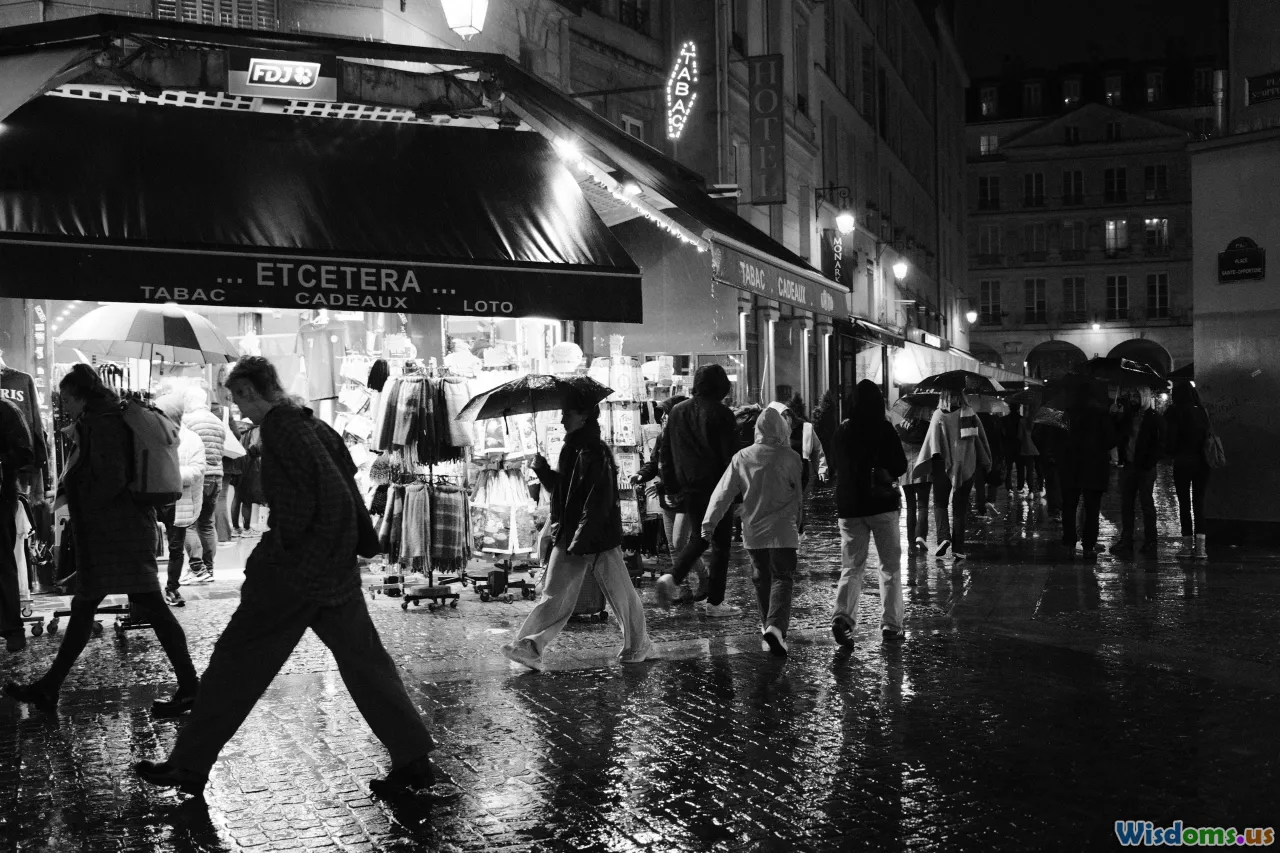
“Le Smoking,” Yves Saint Laurent’s tuxedo for women introduced in 1966, found its definitive image when Helmut Newton photographed it in 1975 for French Vogue on Rue Aubriot in Paris. The picture shows a model in a sharply tailored tuxedo—slicked-back hair, cigarette in hand—standing in a pool of streetlight. The mise-en-scène is minimal: cobblestones, a shadowy alley, the architecture of Paris as quiet witness. Yet the message rings loud. This is woman as auteur: self-possessed, unbothered by the male gaze, dressed not to seduce but to command.
Newton’s genius was to translate the tuxedo’s theoretical androgyny into a lived one. Nighttime wasn’t a mood—it was a power source. Available light carved the suit’s lapels into luminous edges; smoke added atmosphere, literally thickening the air with ambiguity. In alternate frames from the series, Newton pushes the gender dialectic even further by juxtaposing clothed and nude bodies—questions of exposure and control that still animate fashion today.
The resonance was immediate and enduring. The image pinned a new archetype to the cultural wall: the woman who appropriates the codes of menswear and rewrites their meaning. Decades before “quiet luxury,” Newton composed a lesson in restrained provocation: fewer elements, more effect.
How to apply it now:
- Build your light into the concept. Newton made practical streetlights do aesthetic work. On set, test practicals first; use them as key or rim lights and let your fill be minimal.
- Style to tell, not to show. The tuxedo wasn’t novelty; it was thesis. Choose one garment that carries the story and simplify everything else.
- Pose as punctuation. Angular stances, pocketed hands, or a turned chin can telegraph authority without props or dialog.
- Keep color out to keep meaning in. Monochrome or a restricted palette can heighten form and subtext.
What to borrow vs. avoid:
- Borrow: Ambient low light, restrained styling, coded gestures that read as power.
- Avoid: Over-styling the set. If the location competes with the suit, you’re off-message.
Peter Lindbergh’s British Vogue Supermodel Cover (January 1990) — The Birth of a New Kind of Fame

Peter Lindbergh’s black-and-white group portrait for the January 1990 British Vogue cover—Naomi Campbell, Linda Evangelista, Tatjana Patitz, Christy Turlington, Cindy Crawford—didn’t just announce a new decade. It created a new species of celebrity: the supermodel. The image is unfussy and intimate. No theatrical set, no baroque hair; it’s five women, minimally made up, looking like themselves, and yet larger than life.
The timing mattered. By 1990, the maximalist 1980s were giving way to an appetite for “realness,” and Lindbergh’s lens offered an empathetic gaze. His approach wasn’t to dominate with lighting tricks; it was to strip away and trust faces. The result humanized glamour without diminishing it. That alchemy rippled outward—designers began casting shows as star vehicles, magazine covers leaned into personality, and pop culture responded in turn (witness those same models appearing in George Michael’s “Freedom! ’90” video). The cover is widely credited with jump-starting the supermodel era.
Technically, the image is a study in harmony: similar tonal range, balanced head heights, negative space used to draw the group into a singular form. It’s aspirational, but not alienating. You sense rapport among the subjects—an often-hidden ingredient in group shots.
How to apply it now:
- Cast for chemistry, not just looks. Test how subjects interact before the shoot. A single warm-up conversation can surface dynamics worth capturing.
- Shoot through the pose. Lindbergh famously photographed in the in-betweens. Keep rolling past the “perfect” take to find the micro-expressions that make images feel lived-in.
- Reduce the frame to elevate the person. Limit set design and wardrobe to what supports expression; faces carry the emotional budget.
- Print with restraint. If you post-produce, preserve skin texture and tonal depth. Over-polishing breaks the trust the image is trying to build.
What to borrow vs. avoid:
- Borrow: Trust in faces, honest black-and-white, subtlety as strategy.
- Avoid: Manufacturing “chemistry” in post. Vulnerability can’t be composited; it must be present on set.
Corinne Day’s Kate Moss for The Face (1990) — The Anti-Gloss Revolution
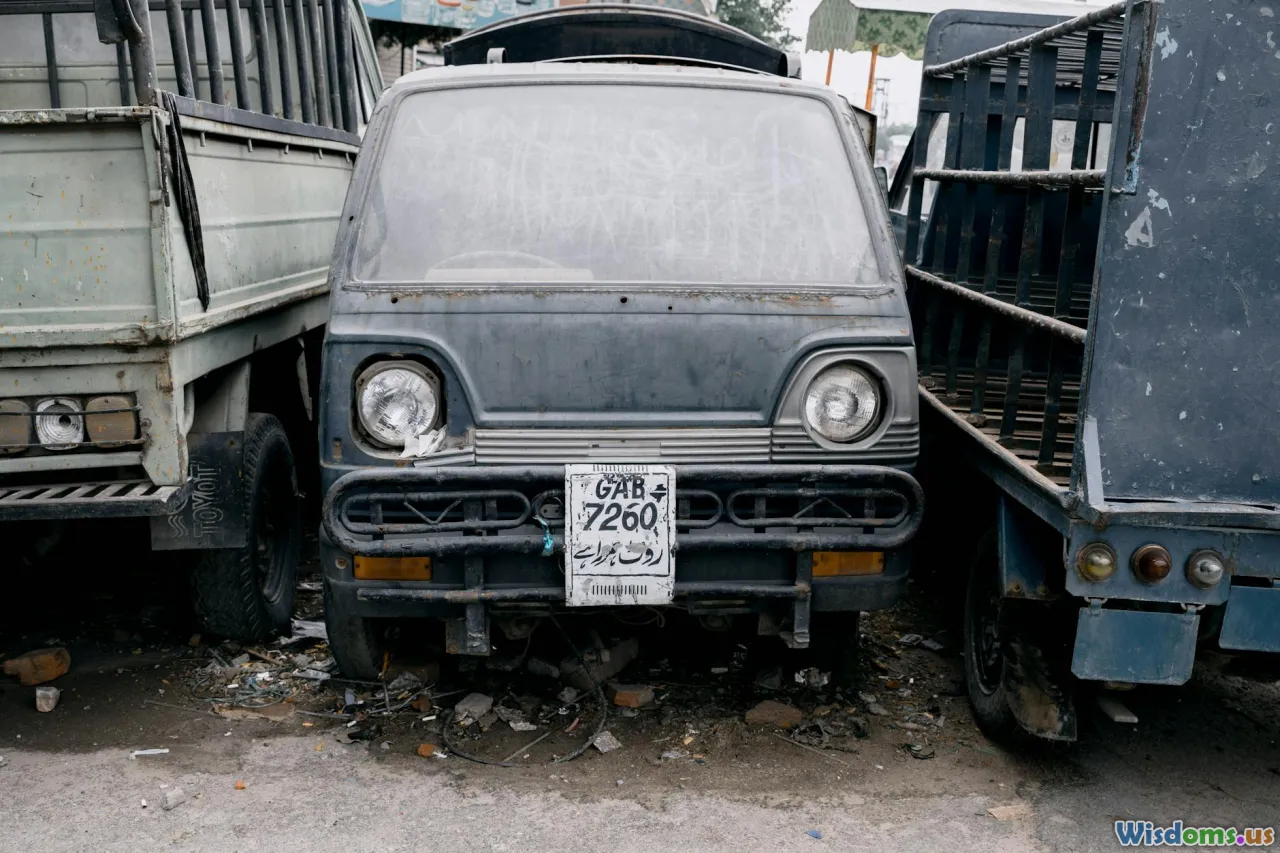
In 1990, Corinne Day photographed a teenage Kate Moss for The Face in a shoot often referred to as “The 3rd Summer of Love.” The images—shot with available light on a British seaside and in unadorned interiors—presented Moss with freckles, messy hair, and very little makeup. They felt like found photos from a friend’s weekend, not a styled editorial. That was the revolution.
The pictures arrived as an antidote to the decade’s polished theatrics. Day’s point wasn’t to shock but to normalize: youth, awkwardness, sunlight that bleaches rather than flatters, bodies outside the gym-chiseled ideal. This was the template for 1990s minimalism—grunge, waif silhouettes, a rejection of gloss.
The editorial’s influence is hard to overstate. It shifted the acceptability of imperfection, accelerated a taste for lo-fi authenticity, and launched Moss’s career as a new kind of mannequin—a model whose value lay not just in beauty but in relatability and a vibe. The ripple effects ran from magazine design (more white space, quieter typography) to brand casting (street-cast faces and diverse body narratives) and even to how advertisers measured resonance (a turn toward images that “feel real”).
Today, the shoot raises complex conversations—about health, body ideals, and the ethics of “realness” as an aesthetic. Those debates are part of its legacy: it forced fashion to examine what, and who, it was putting on pedestals.
How to apply it now:
- Make authenticity structural. Use natural light and lived-in locations. Allow weather, mess, and boredom to be part of the picture.
- Cast for story. Street-cast or mix experienced talent with non-professionals to introduce unrepeatable character.
- Keep the production footprint small. A two- or three-person crew signals intimacy and can relax subjects in ways a large set cannot.
- Edit for truth. Resist skin-smoothing and heavy retouching; let pores and stray hairs breathe.
What to borrow vs. avoid:
- Borrow: Lo-fi sincerity, small crews, reality as texture.
- Avoid: Fetishizing “raw” as a style alone. Authenticity without care can slip into exploitation. Build psychological safety on set.
Steven Meisel’s Vogue Italia Black Issue (July 2008) — When Representation Took the Cover

In July 2008, editor-in-chief Franca Sozzani and photographer Steven Meisel devoted an entire issue of Vogue Italia to Black models. Styled by Edward Enninful, the “Black Issue” ran multiple covers and featured a sweeping cast—icons and new faces alike. At a time when runways and magazines were being called out for monocultural casting, this was more than an editorial choice; it was an industry intervention.
The impact was immediate. The issue sold out in several markets and required additional print runs, a rare feat for a monthly fashion magazine and a data point that punctured the old myth that “diversity doesn’t sell.” It also reframed representation not as a charitable add-on but as a driver of creativity and commerce. Meisel’s images didn’t tokenize; they radiated range—high glamour, portrait intimacy, stylized fantasy—making the point that there is no single way to picture Black beauty.
The lasting shift was twofold. First, it proved that editorial leadership can change market behavior—casting directors and brands took note. Second, it revealed the audience’s appetite for images that reflect a broader reality. While no single issue can fix an ecosystem, this one raised the bar for what was possible—and demanded by readers.
How to apply it now:
- Make inclusion an editorial stance, not a themed exception. Commit across issues, seasons, and platforms.
- Use data as leverage. Track engagement, sell-through, and earned media around inclusive projects; use results to secure ongoing investment.
- Collaborate with stakeholders from the communities you portray. Bring in stylists, hair and makeup artists, and cultural consultants who understand nuance.
- Diversify on both sides of the lens. Representation among photographers, directors, and editors shapes perspective as much as casting does.
What to borrow vs. avoid:
- Borrow: Systemic commitment, multifaceted portrayals, measurable goals.
- Avoid: One-off “specials” without follow-through. Visibility without pipeline change amounts to a press release, not progress.
A short playbook: putting these five lessons to work
- Start with a thesis, not a moodboard. Avedon had “elegance vs. mass,” Newton had “power after dark,” Lindbergh had “human glamour,” Day had “truth as style,” Meisel had “representation as directive.” Write your sentence before you scout locations.
- Cast as storytelling. Lindbergh’s supermodels proved that alchemy happens when people belong in the same frame. Build chemistry checks into your casting process.
- Reduce to amplify. Every defining image here is remarkably lean—one garment that carries ideology, one location with a voice, one lighting logic. Edit until the point is unavoidable.
- Let location be an actor. Cirque d’Hiver, Rue Aubriot, a windy British beach, an entire magazine turned into a stage—spaces shape narrative. Scout for symbolism, not just backdrop.
- Treat light as meaning. Newton’s sodium streetlights signaled danger and allure. Day’s sun washed away artifice. Decide what your light is saying before it illuminates anything.
- Build ethics into aesthetics. Corinne Day’s legacy reminds us: authenticity involves responsibility. Meisel’s Black Issue demonstrates that inclusion and excellence are the same goal.
If these five shoots share a secret, it’s courage with clarity. They didn’t hedge—each chose a single idea and pushed it to its logical end. Do the same. When your concept is sharp enough to explain in one breath, your images gain the power to define more than a season. They start to define an era.
Rate the Post
User Reviews
Popular Posts










